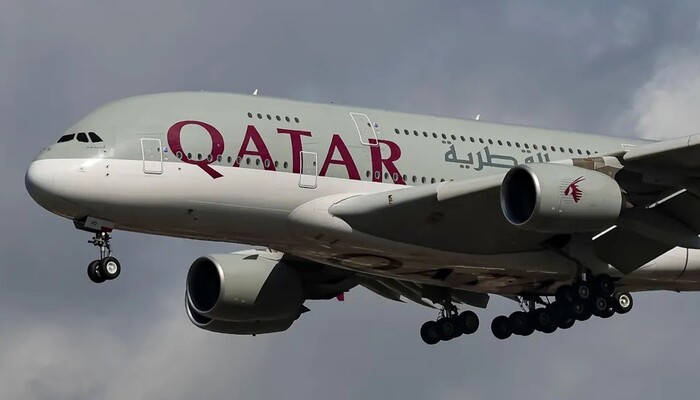The ongoing Israel-Iran conflict has triggered severe air travel disruption across the Middle East, leaving thousands of passengers stranded and airlines rerouting or canceling flights amid rising security concerns.
Flight Chaos Hits Gulf Hubs
Qatar’s Hamad International Airport, one of the world’s busiest hubs, temporarily suspended operations on Monday as Iran launched missile strikes at a US base in Qatar. Although flights later resumed, the disruption caused a backlog of passengers. Dubai Airport also paused flights, with further delays and cancellations expected.
Air India suspended all operations to the Middle East and halted several long-haul routes to North America and Europe. Japan Airlines also canceled flights between Tokyo and Doha.
Critical Airspace Shutdown
The conflict has effectively shut down a vital air corridor connecting Asia to Europe. Airlines are now avoiding the airspace over Iran, Iraq, Syria, Lebanon, and Jordan. Around 1,400 daily flights typically pass through this zone. These now must reroute either over Turkey or Saudi Arabia, increasing fuel consumption and operational costs.
Aviation expert John Strickland warned that extended routes could lead to aircraft and crew shortages due to legal rest limits. “There are significant knock-on effects to airline schedules and costs,” he said.
Read: US Attacks Iran’s Fordow Site with Six Bunker Buster Bombs: Report
Passenger Struggles
At Doha airport, hundreds of passengers waited without clear information. BBC staff member Rob Liddle described scenes of travelers lying on floors, seeking food and bedding. He noted an initial wave of fear when missiles were reported, followed by a tense calm.
Tim Atkinson, an aviation consultant, said the disruption was spreading fast due to the interconnected nature of global air travel. “Once a major hub halts, the delays ripple across continents,” he noted.
Safety and Uncertainty
Governments have advised against traveling to parts of the region. Airlines are making day-by-day decisions on routes. The pressure on air corridors has intensified as Russian and Ukrainian airspace also remains closed due to ongoing conflict, pushing more traffic toward already congested Middle Eastern skies.
Follow us on Instagram, YouTube, Facebook,, X and TikTok for latest updates
